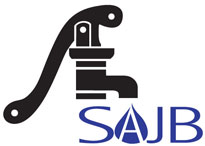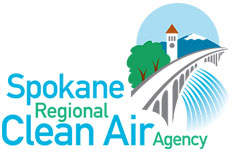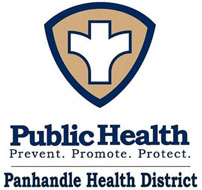Waste » Business » Solvent » Parts Washer
Sink-type parts washer solvent tanks used for cleaning smaller parts and tools usually contain mineral spirits, Stoddard solvent, or petroleum naphtha. These spent solvents are usually hazardous because they are ignitable, toxic, or pick up hazardous contaminants such as heavy metals from parts being cleaned. They become dangerous wastes the moment the waste tank is replaced with a fresh tank. If the spent solvent is recycled, you can claim a reduction in the annual hazardous waste generation fees you pay to Ecology. Call 1-800-874-2022 for more information.
Don't mix solvents with any other waste. Keep different types of solvents in separate, labeled, closed containers. Do not mix solvents into used oil. And don't use spray cans over solvent tanks. This can contaminate the solvent in the solvent tank.
To reduce the amount of dangerous waste from parts washers:
- Make solvent last longer by pre-cleaning parts with a rag or brush to remove the heaviest dirt.
- Make sure the solvent is actually too dirty to use before it is exchanged for new solvent.
- Keep the lid closed when not in use. This prevents accidental contamination with other chemicals and minimizes evaporation.
If you wish to lease or purchase a parts washer, choose one with an attached still or cartridge filter to make your solvent last longer and generate less dangerous waste. Used filters may be a dangerous waste. Overall, they reduce the net amount of waste.
Use an aqueous cabinet-type parts washer if appropriate. These work like a dish washer and typically do not require hazardous solvents. Test the sludge to be sure it doesn’t contain regulated levels of heavy metals.
See the "Parts Washer" section of Ecology's "Shop Guide for Dangerous Waste Management."










